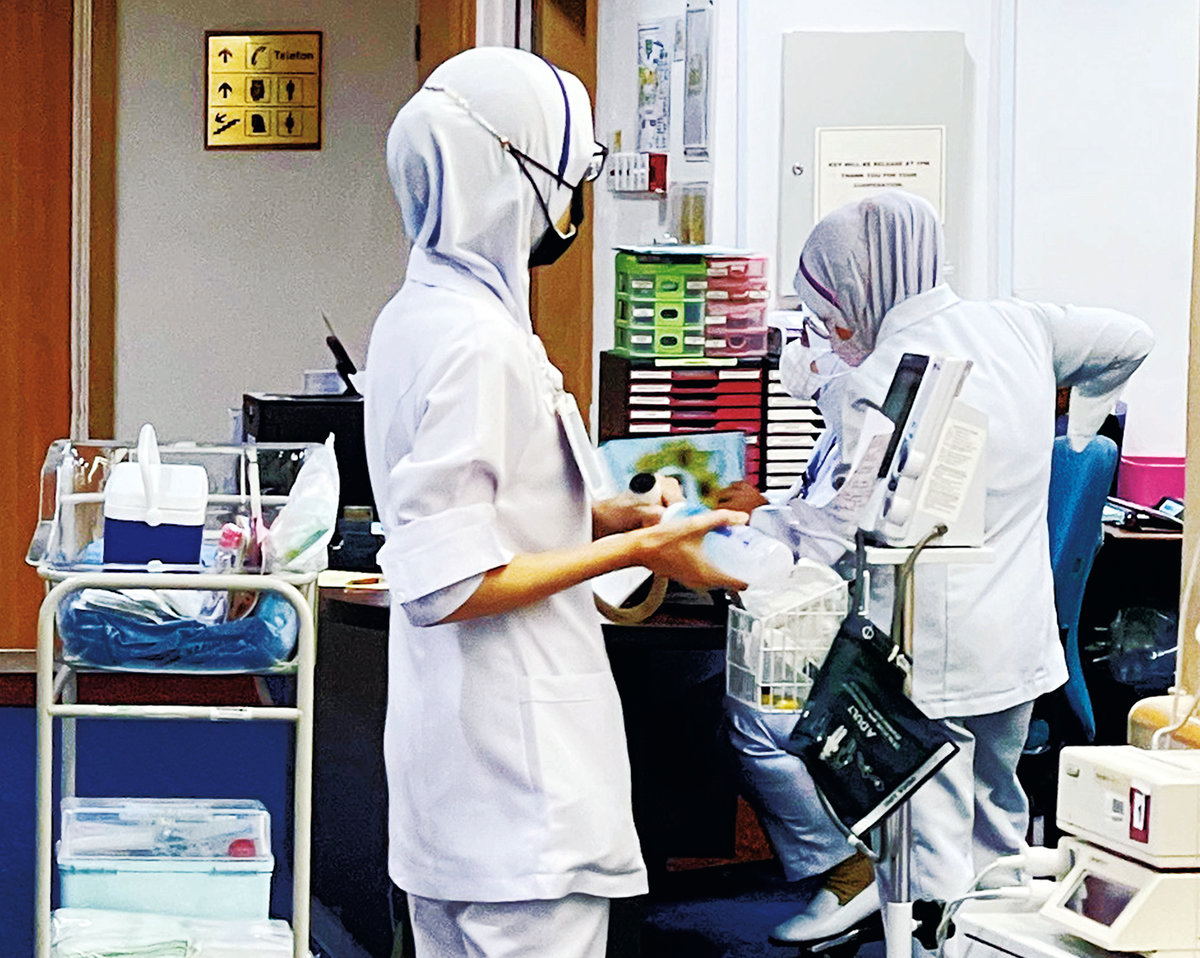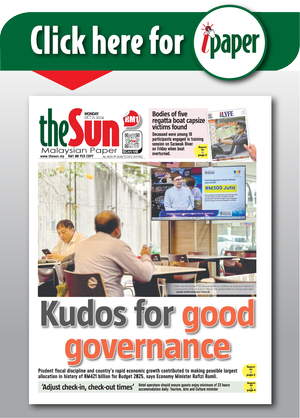PETALING JAYA: Malaysia’s public healthcare system is buckling under the weight of mounting workloads, chronic understaffing and years of underinvestment, said Universiti Kebangsaan Malaysia public health medicine specialist Prof Dr Sharifa Ezat Wan Puteh.
Weighing in on the heated debate over healthcare workers’ hours, Sharifa said the issue is not whether doctors clock in 42 or 45 hours a week.
“The real problem is the overwhelming workload and lack of systemic support – especially in crowded urban centres,” she said.
“Most healthcare workers face both physical and mental exhaustion. They shoulder heavy responsibilities and often receive little appreciation from supervisors or patients,” she said.
“Wages remain low, manpower intake is minimal and new recruits are unevenly distributed across hospitals and clinics.
“Some facilities receive only one or two new staff members who still require training,” she added.
Sharifa said a growing exodus of public healthcare workers to the private sector or overseas, lured by better pay and working conditions – worsen the already critical shortage in the public system.
She also dismissed claims that the country has enough doctors, pointing out that many shift to private practice, while those remaining in public service are often undertrained and under equipped for rural postings.
“For instance, specialists are often not deployed to rural areas under the assumption that these regions have lighter workloads, but that’s not always true,” she said.
Sharifa called for immediate and sustained government action – starting with a significant increase in the national health budget, especially to bolster primary care services.
“Currently, Malaysia allocates only about 5% of its GDP to healthcare, which is low compared with countries in the OECD (Organisation for Economic Co-operation and Development),” she said.
Among the urgent steps she proposed are: increasing budget allocations for primary care; upgrading rural and district health facilities with modern equipment; improving staff housing and offering competitive remuneration to retain talent.
She also urged closer collaboration between public healthcare providers, private players and NGOs to close service gaps.
General practitioners should be empowered to lead local health initiatives using a capitation-based model for more efficient and tailored care, she said.
“Primary care is cost-effective, community-based and focuses on prevention and early disease detection,” she said.
Sharifa stressed the need to reduce the burden of non-communicable diseases through public awareness, self-care and healthier lifestyles.
She also advocated for a multi-ministry approach to healthcare reform, especially with Malaysia’s population ageing rapidly.
As a longer-term strategy, she proposed encouraging private health insurance uptake among higher-income groups, while safeguarding subsidised care for the B40 community.
“At the same time, the public must also do their part – adopt healthier lifestyles, invest in health insurance if possible and stay compliant with treatment when needed.”
On the ground, frontliners said the shift to a 42-hour workweek has done little to relieve burnout.
A government medical officer, speaking on condition of anonymity, said the hour count barely reflects reality.
“Whether it’s 42 or 45 hours, most of us end up working beyond that anyway, especially when there’s staff shortage,” he said.
He added that junior doctors are particularly vulnerable with high patient loads and minimal rest resulting in emotional exhaustion.
A nurse at a public hospital echoed the sentiment, saying that reduced working hours mean little when understaffing remains unresolved.
“One nurse often ends up doing the job of three. We’re so short-staffed that applying for leave feels impossible. The exhaustion hasn’t changed,” she said, adding that nurses frequently skip breaks and stay late to manage patient care.









